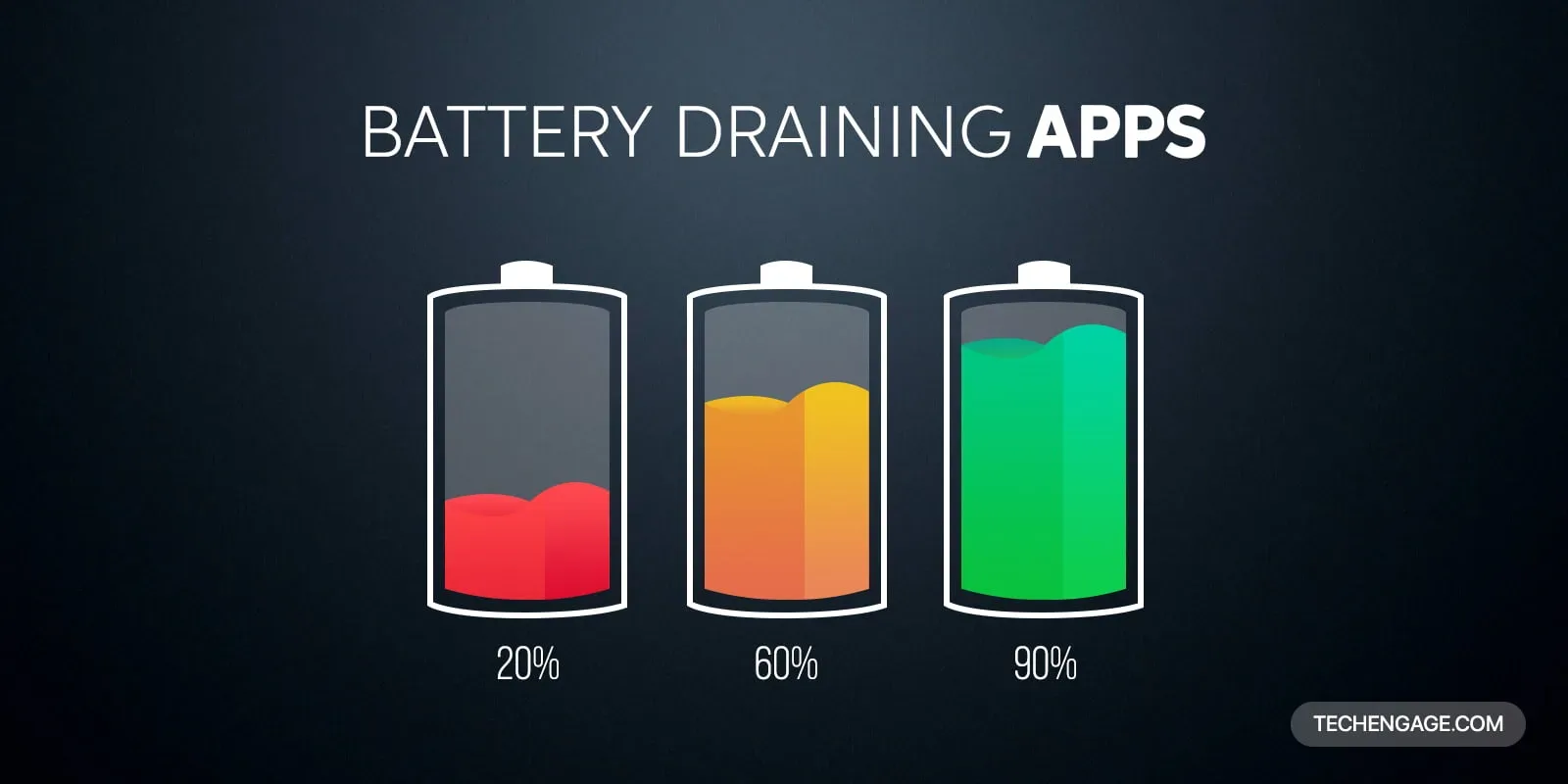We’ve long known that cryptocurrency is an energy hog. Currencies like Bitcoin, the worst offender, have to be “mined,” meaning that it takes long, intense hours for computers to encrypt the coin’s activity. This work is what enables secure digital transactions and the creation of new coins, but at the same time uses enormous amounts of power.
Energy is something we tend to take for granted. While we might lament the use of fossil fuels and the damage they do to the environment, rarely do we stop to think of our own role in creating far more demand for energy that we can possibly fulfill with clean alternatives to things like coal. Do you know how much energy your Netflix binge requires?
While cryptocurrency is trying to become more energy-efficient, the growth of the currency still requires astronomical processing power. The need for processing power and speed has even begun to limit the number of people who can afford to mine it, leaving crypto in the hands of a few wealthy miners.
Now, the makers of Bitcoin’s little sibling Ethereum are attempting to address the problem.
According to IEEE, “the typical Ethereum transaction gobbles more power than an average U.S. household uses in a day,” and in 2018 required the same amount of energy as it takes to run the entire country of Iceland.
The goal to tackle Ethereum’s energy consumption is coming from its very own inventor, Vitalik Buterin, a Russian-Canadian computer scientist. He lamented of the cryptocurrency:
“That’s just a huge waste of resources, even if you don’t believe that pollution and carbon dioxide are an issue. There are real consumers—real people—whose need for electricity is being displaced by this stuff.”
Now Buterin, the Ethereum Foundation, and miners themselves will write and test new code aimed at tackling energy consumption. The goal is to perform the same amount of transactions using just 1% of the energy the coin did in 2018. It’s an ambitious project but one worth the time and effort. We can only hope that if it’s successful, other cryptocurrencies such as Bitcoin will follow suit.
Buterin has long been an advocate for open-source collaboration and computing for the common good, so it’s no surprise he wants to fix some of the damage his invention has wrought on the power grid and the planet. The original goal for Ethereum was to create a technology that could ultimately become the foremost (and most secure) cloud-computing platform in the world.
Ethereum is mined via a unique version of a computational competition called proof of work (PoW) that allows for fairer distribution of the benefits of mining (rather than allowing just a few people with access to super-fast networks to reap all the benefits). Ethereum’s PoW algorithm has managed to make mining more equitable, but not more energy-efficient. After the cryptocurrency crash of 2018, this may no longer be worth the energy.
Even energy companies themselves are stepping in. After Chinese miners zeroed in on cheap Canadian energy for their mining operations in 2017 and 2018, Hydro-Québec got permission from the Régie de l’énergie to charge cryptocurrency miners increased rates of 15 cents per kilowatt-hour (double the rate of residential clients).
It appears the Ethereum is taking energy consumption more seriously than any other crypto company. In June of 2018, they agreed to build an entirely new blockchain based on PoS, instead of just incorporating it into the previous infrastructure.
Unfortunately, just this weekend, the classic Ethereum system proved itself vulnerable to hacking as almost half a million dollars in coin was double-spent. The hackers managed to alter blockchain transactions.
As a result, it looks like now (or last week) is the perfect time to hurry up the implementation of Ethereum 2.0. Originally, the PoS was scheduled to be tested on beta networks (called “testnets”) at a vague “early in 2019” date with the possibility of extending the timeline if “unknowns” came up. But today’s news means it might be a good moment to do everything possible to expedite that timeline.
Stay tuned for more news on how cryptocurrency handles its energy consumption and what the new Ethereum blockchain hack can teach us about security.



